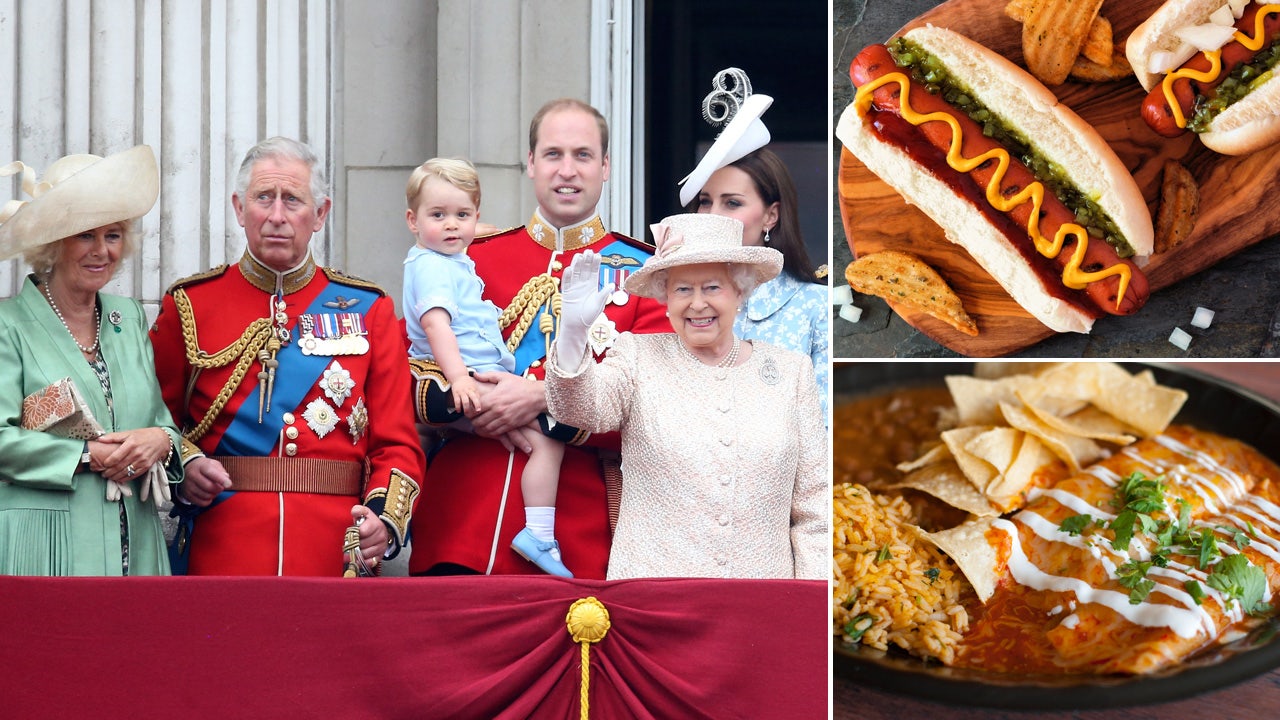
More than a decade after starting their careers, Robert and Gail say they finally have a handle on their finances.
The couple lives in Kansas City, and they’ve done everything millennials were told to do to succeed: Go to school, get good jobs, buy an affordable house, limit expenses, and so on. They share one car that is completely paid off, and Gail, 36, works from home so she can care for their one-year-old daughter and save on daycare expenses. Together, they bring home around $170,000 per year—Robert, 38, crossed the six-figure threshold earlier this year when he jumped from working in the public sector to the private.
Still, despite living “almost monk-like,” according to Robert, cracks are forming in their financial foundation. The federal student loan repayment pause will end at the end of the summer, and Robert and Gail—whose last names have been withheld so they can speak freely about their finances—will need to redirect a few hundred dollars a month toward their cumulative $38,000 in debt; at the same time, they will need to start sending their daughter to daycare so Gail can return to work as an assistant professor full-time.
“There’s a reason we haven’t changed our lifestyle,” Gail told Fortune during a joint interview with Robert. “There’s this pending financial storm.”
Their attitude is reflective of that of many elder millennials. After beginning their adult lives during the Great Recession, they’ve endured hit after financial hit. They’ve graduated with more debt than previous generations; housing prices have sky-rocketed, as have, in recent years, the cost of many necessities; childcare is unattainably expensive for many (“It costs more than our mortgage,” says Gail), pushing primarily women out of the job market at a time when it’s not feasible for many households to get by on a single income.
“It’s a sacrifice. She loves her career,” says Robert of Gail reducing her hours this year so she can stay home with their daughter. But aside from Gail taking the professional hit, the couple couldn’t see any other way to make the math work.
“Everyone says you can have it all, but you actually can’t,” says Gail. “It’s a total misrepresentation. You have to choose how to spend your time and spend your money.”
Because when you add up what the average life in the U.S. costs today, it’s not much of a surprise that even six-figure earners are living paycheck-to-paycheck. For those like Robert and Gail who have student loans, the federal payment pause felt like a temporary “blip” that could help them finally get ahead. But with that reprieve coming to an end, it’s back to reality.
“I know day care costs will go down eventually, but we’re not that young,” says Gail, noting they finally feel secure enough to prioritize their retirement investments—at least until the fall. “How many Americans don’t have enough for retirement? We don’t want to be in that group, it scares us.”
Gail and Robert have done as much as possible to prepare for the fall. They are staying in a house that doesn’t quite fit their family’s needs because they’ve almost completely paid off the mortgage (Robert bought it back in 2011). Ideally, they’d like to retire early—thus the “monk-like” adherence to frugality. They’ve thrown thousands of extra dollars at their student loans over the past three years, with the hopes of being debt-free by the end of this one.
“We always have food, we always have a place to live, we drive one car,” says Gail. “A goal for us is always to be financially independent and not work until we die.”



















































![[VIDEO] ‘Loot’ Trailer: Apple TV Plus Comedy, Maya Rudolph [VIDEO] ‘Loot’ Trailer: Apple TV Plus Comedy, Maya Rudolph](https://tvline.com/wp-content/uploads/2022/06/loot-trailer-apple-maya-rudolph.png?w=1024)





